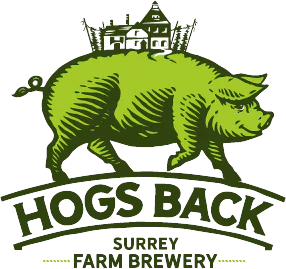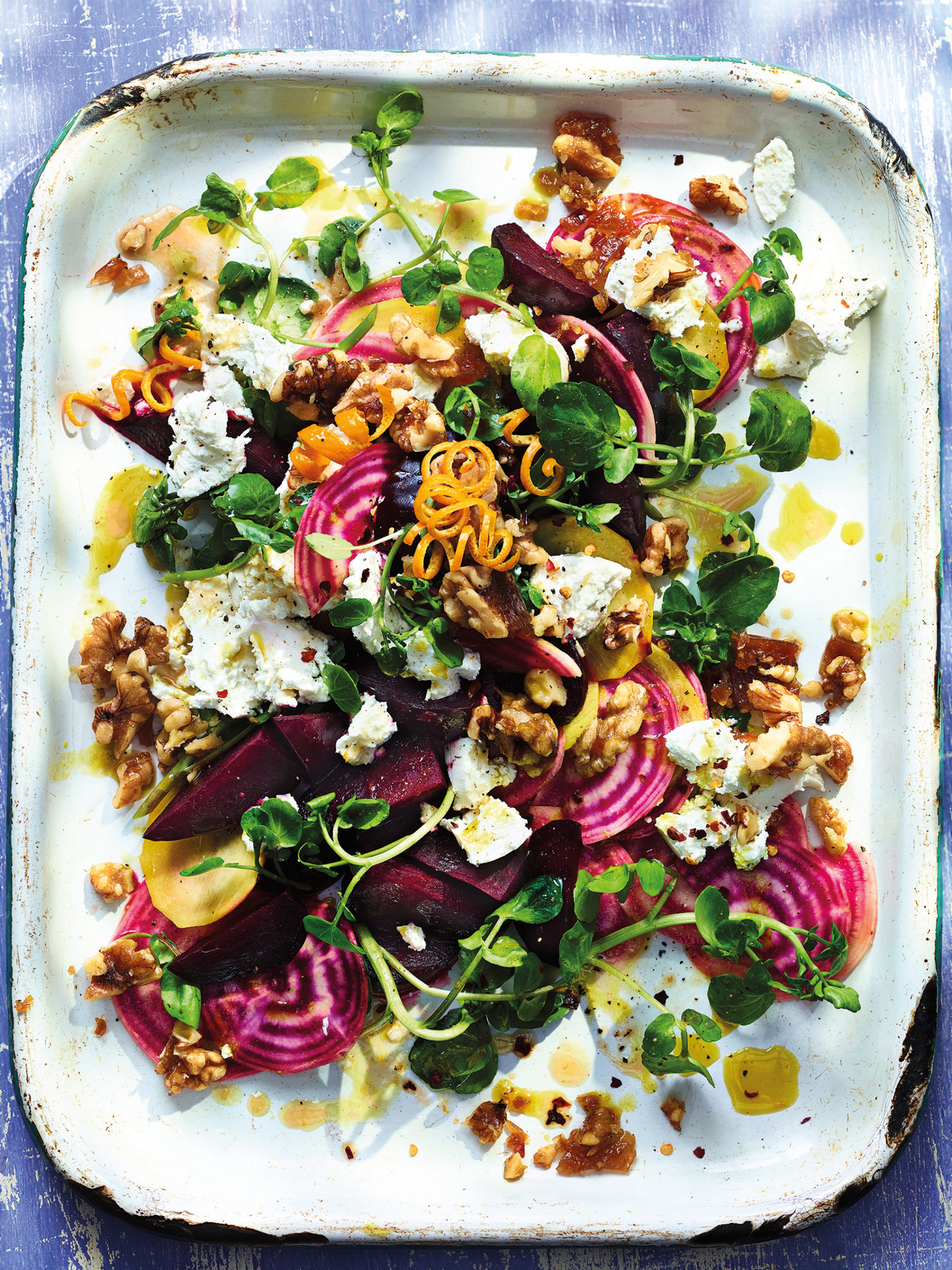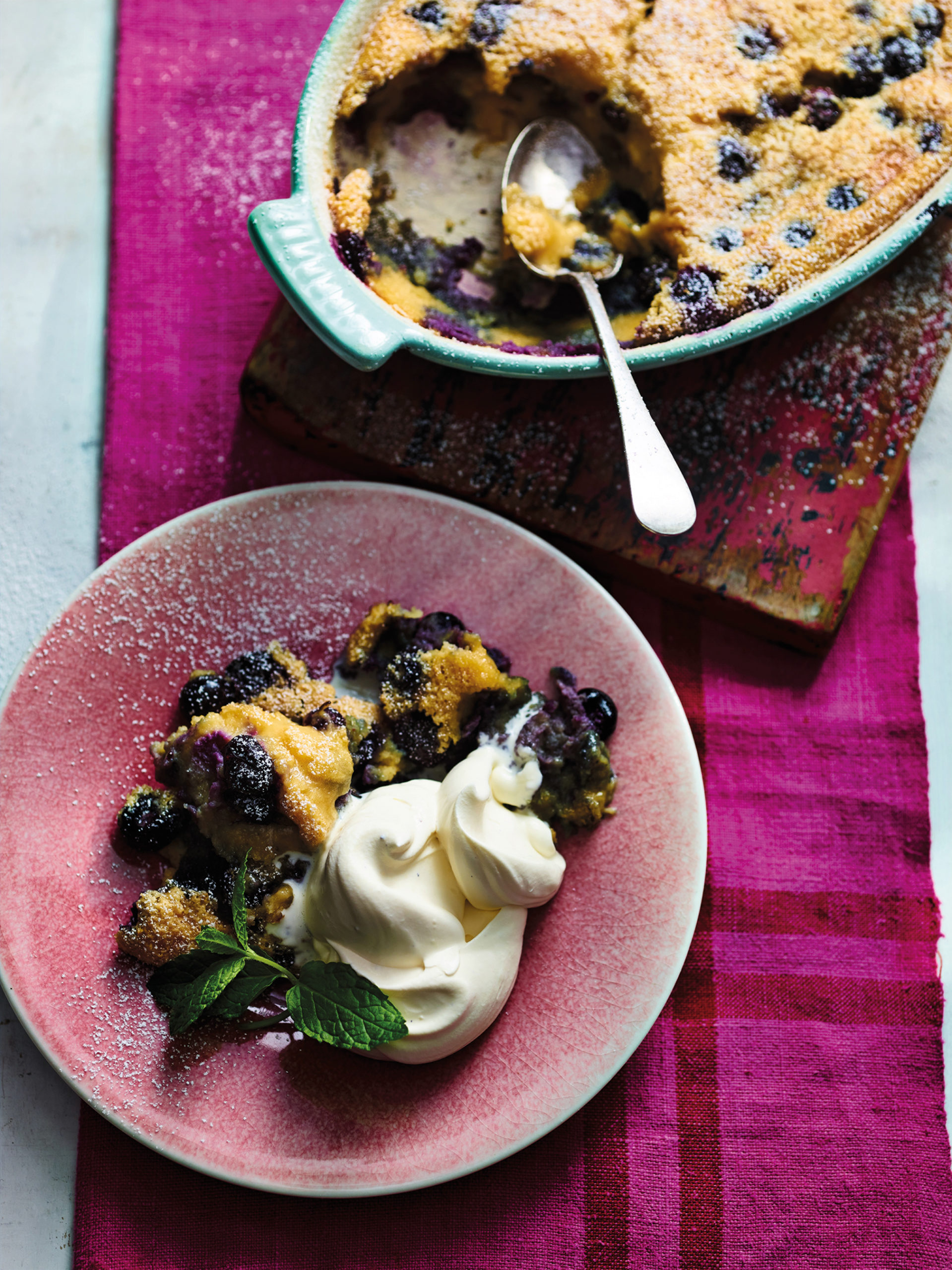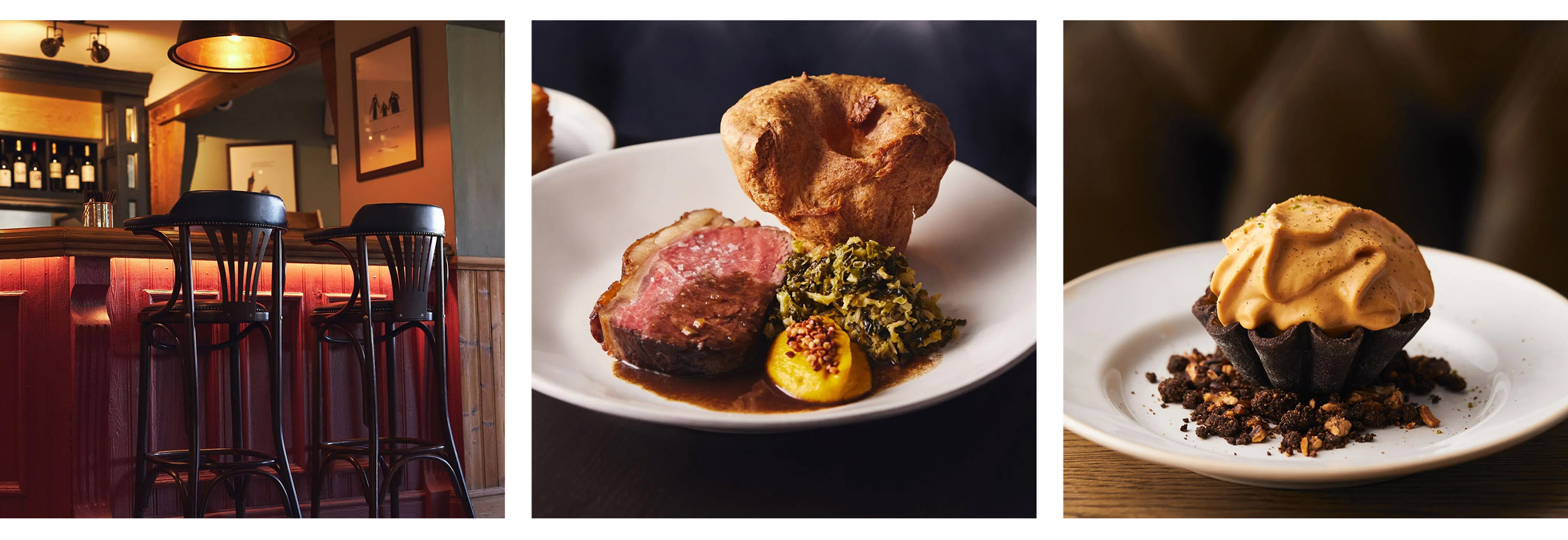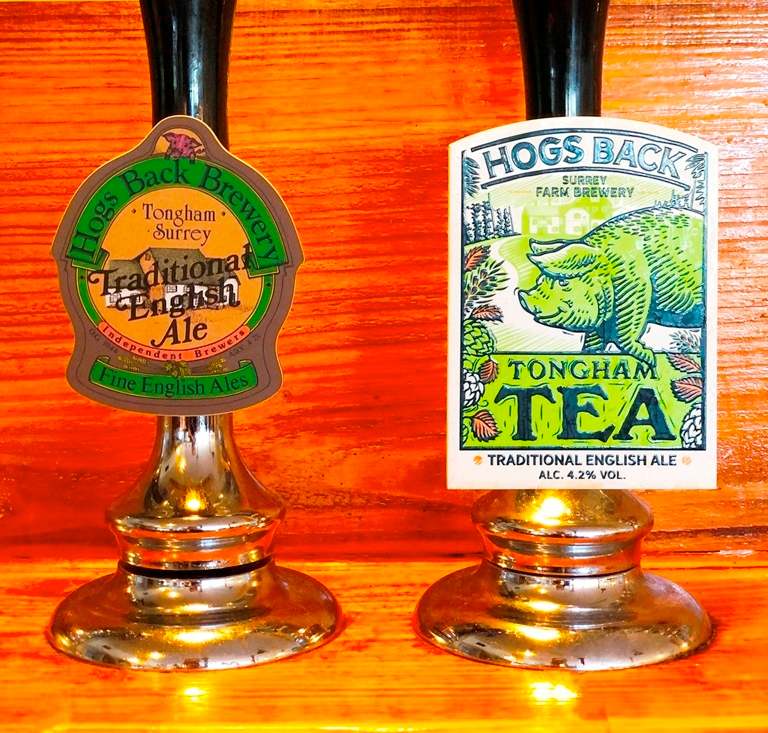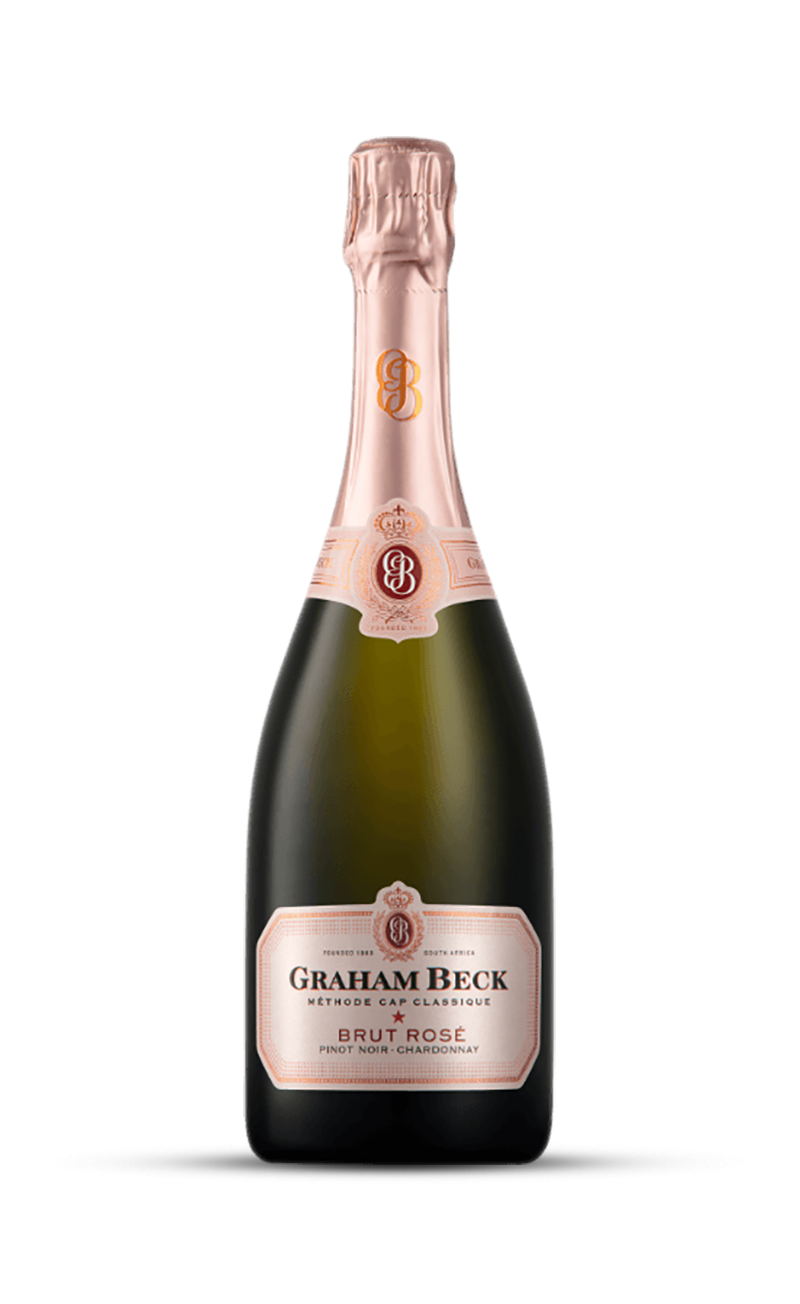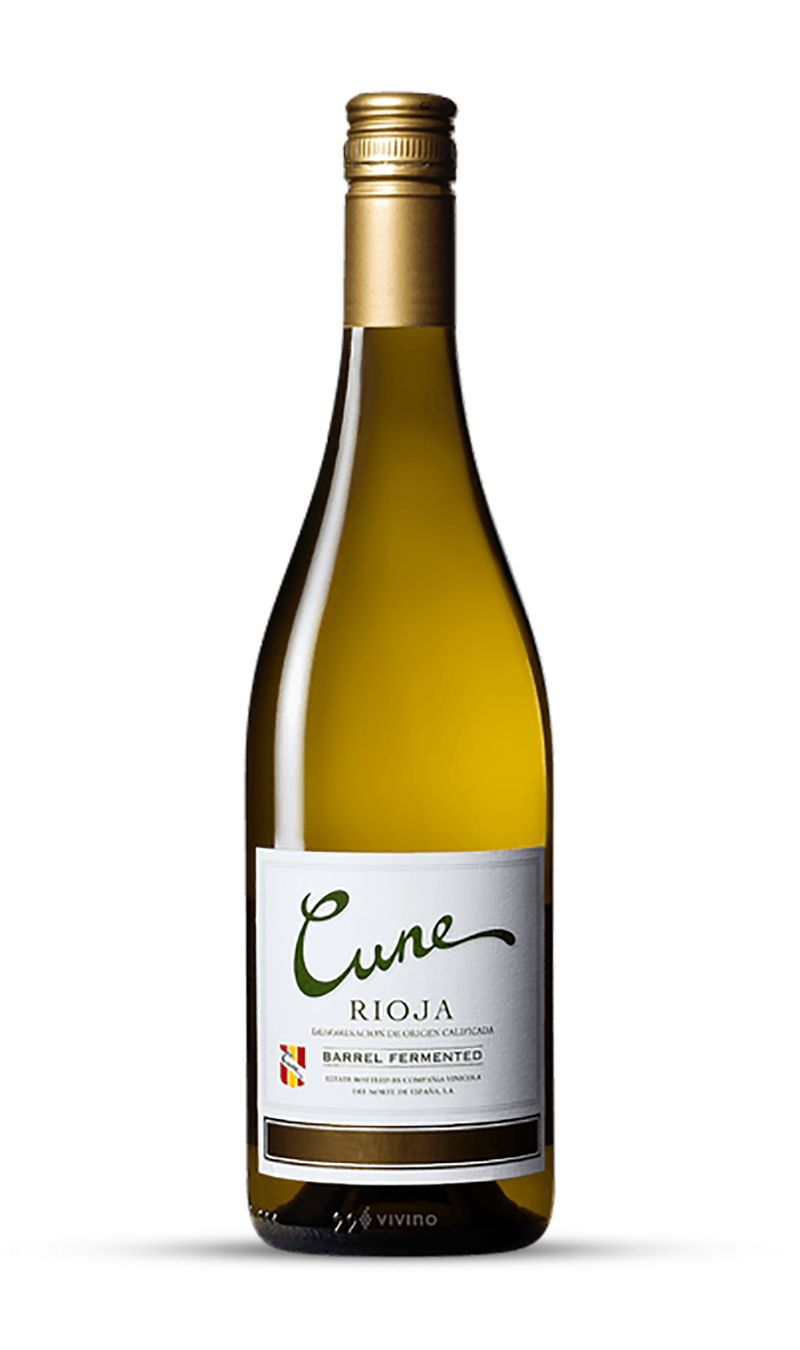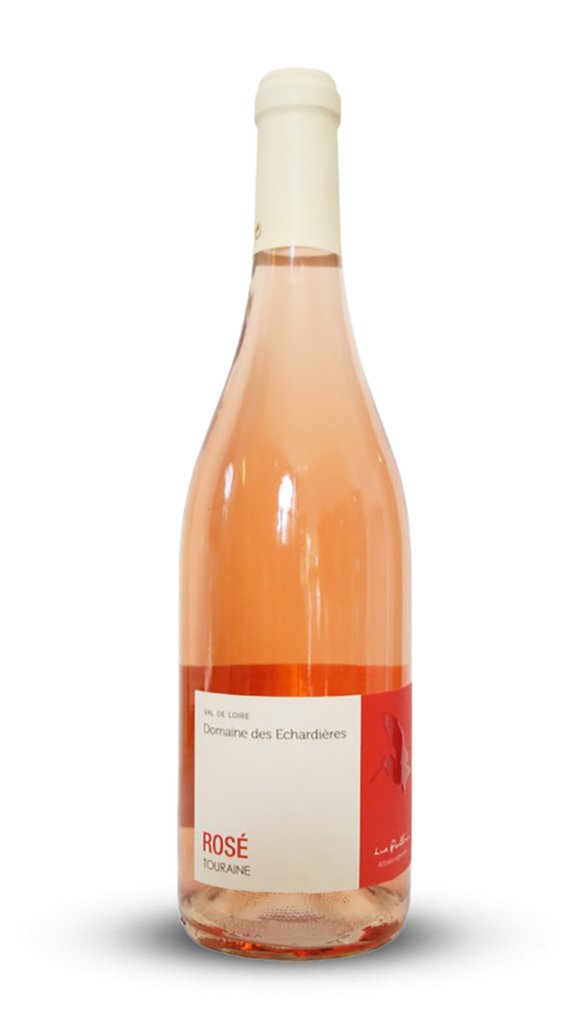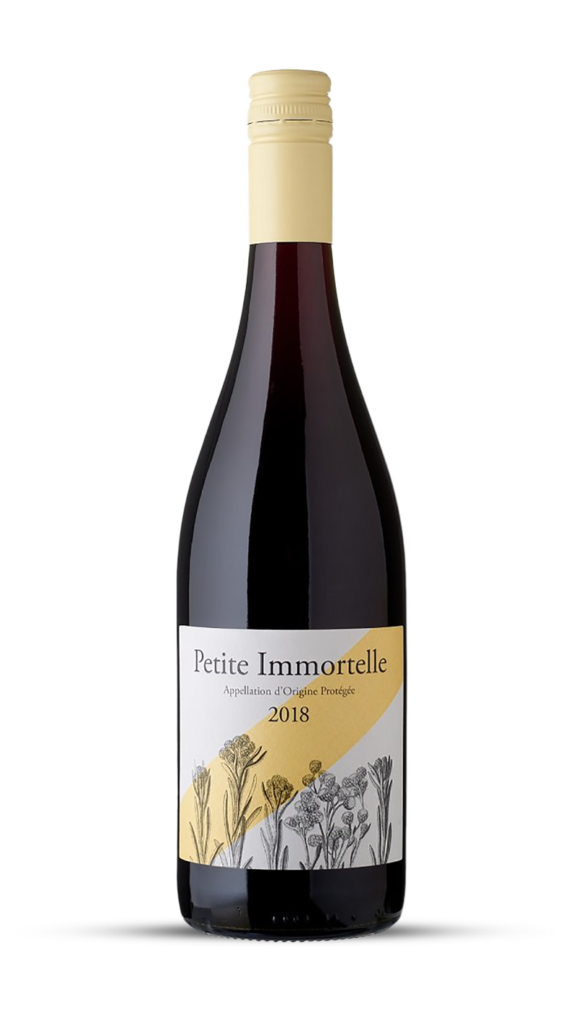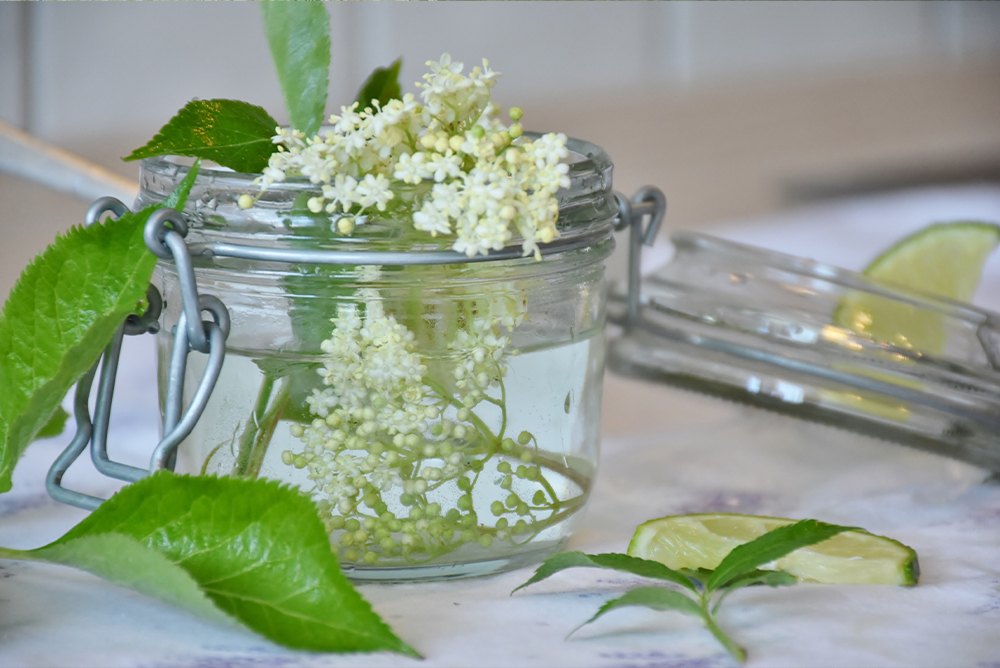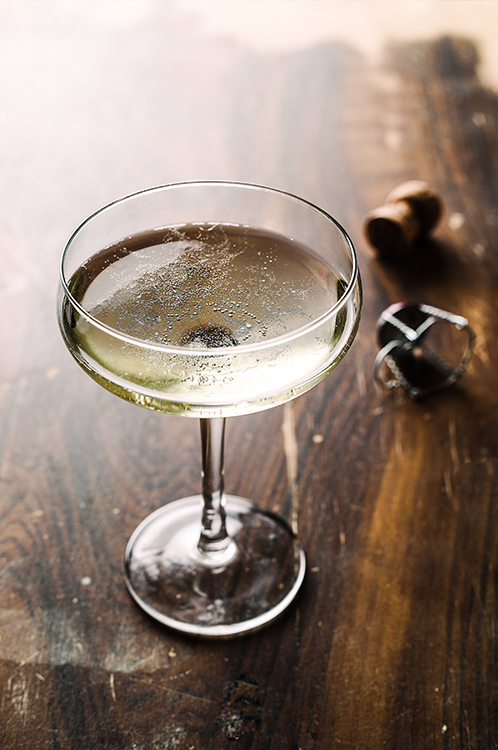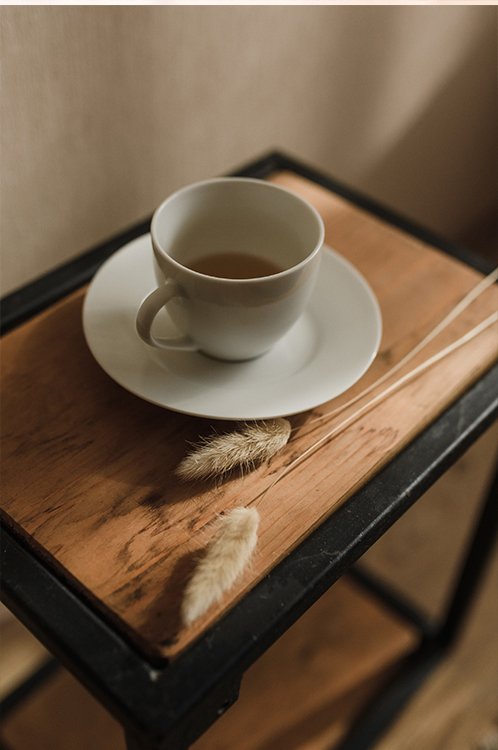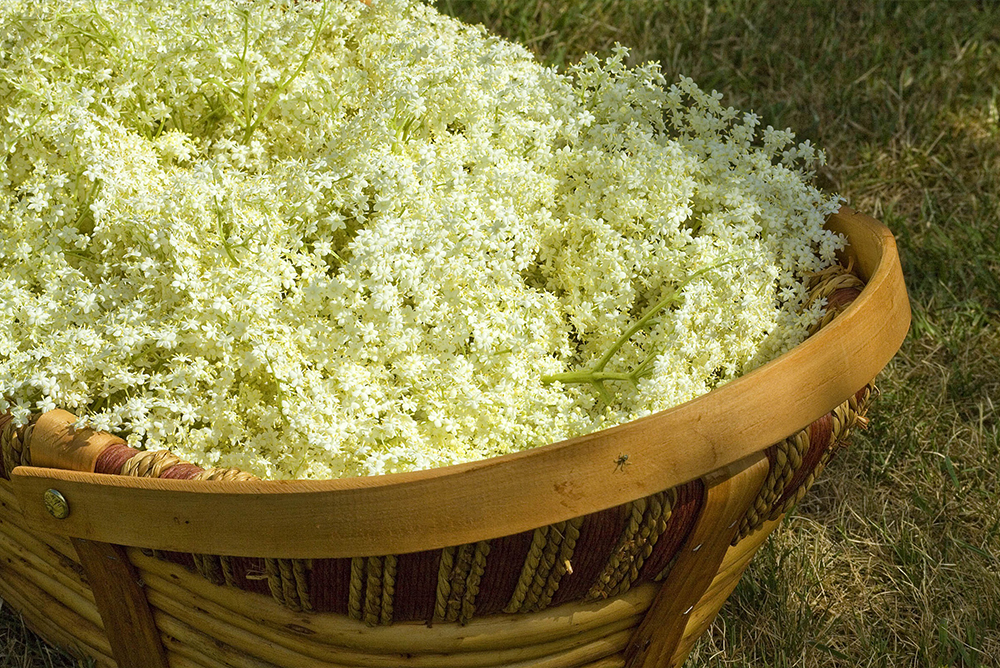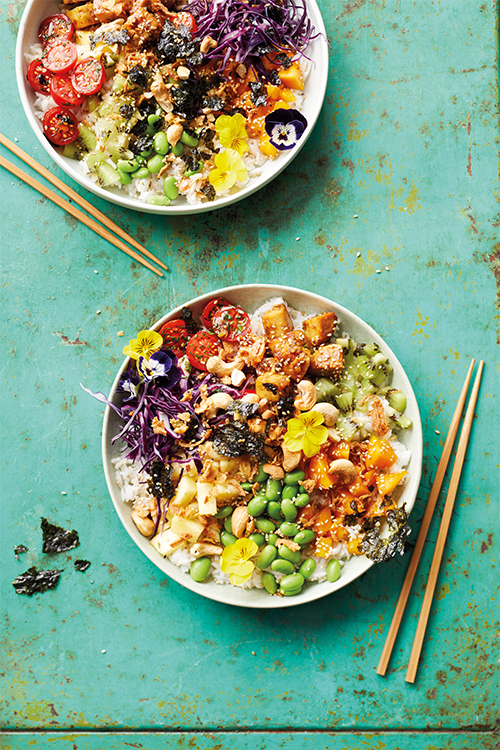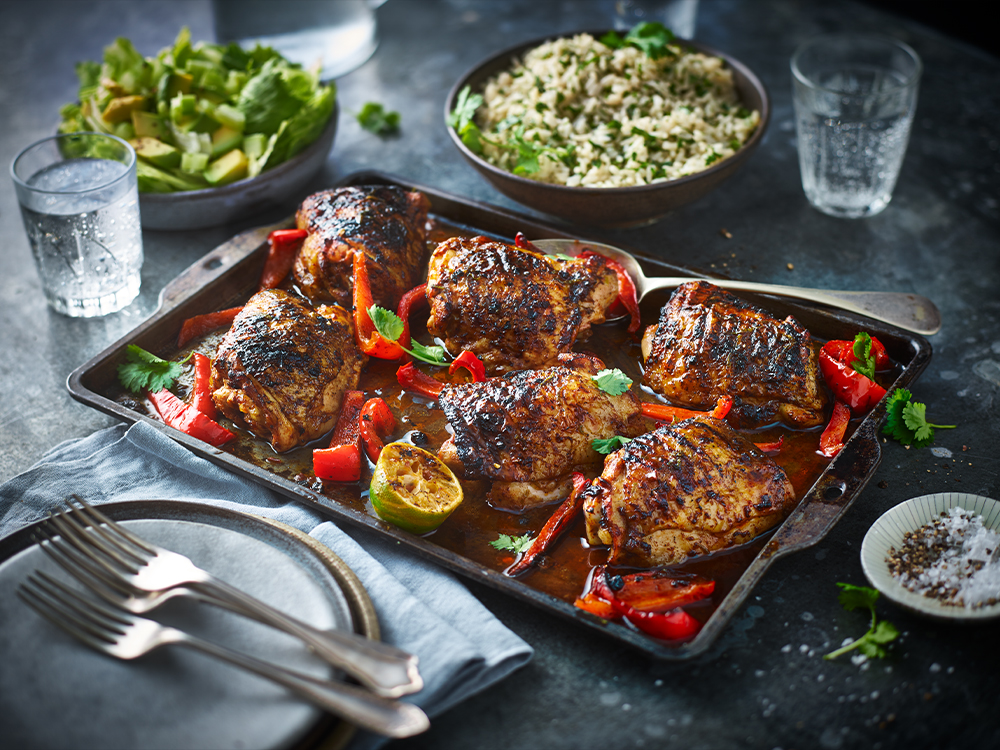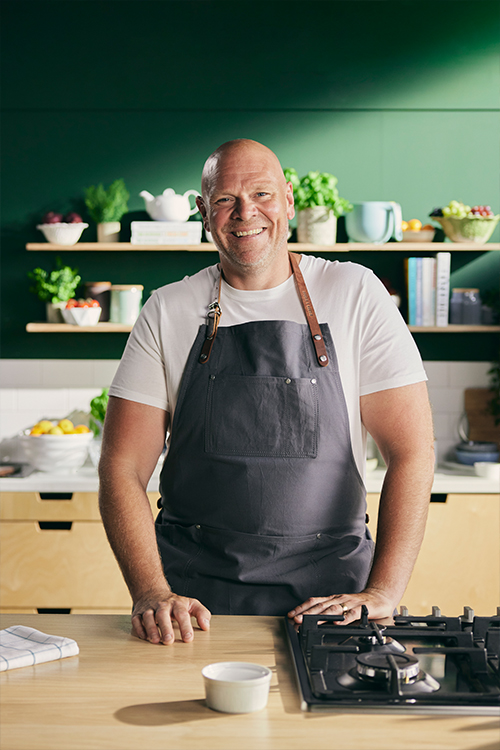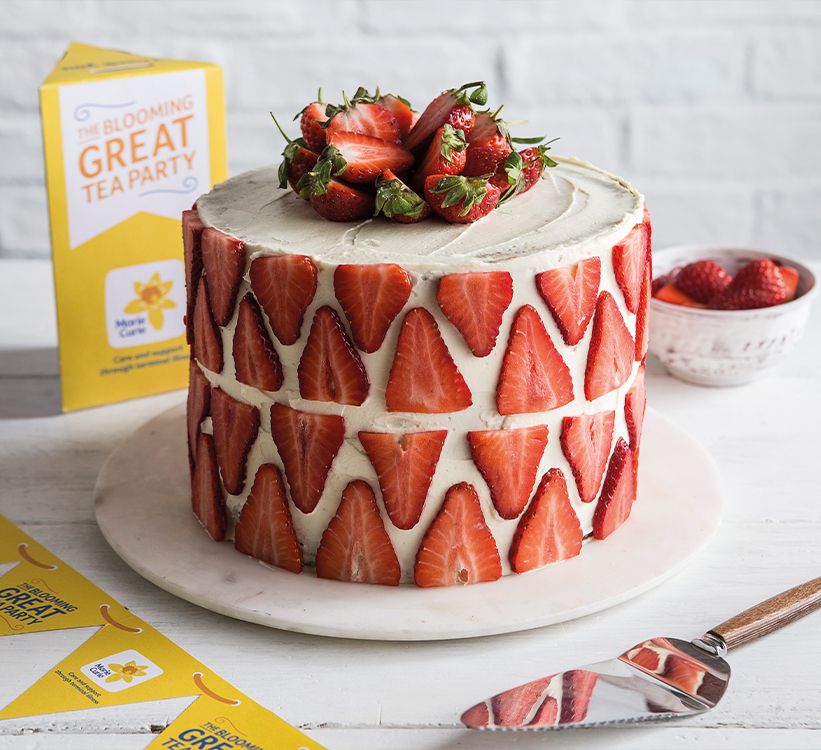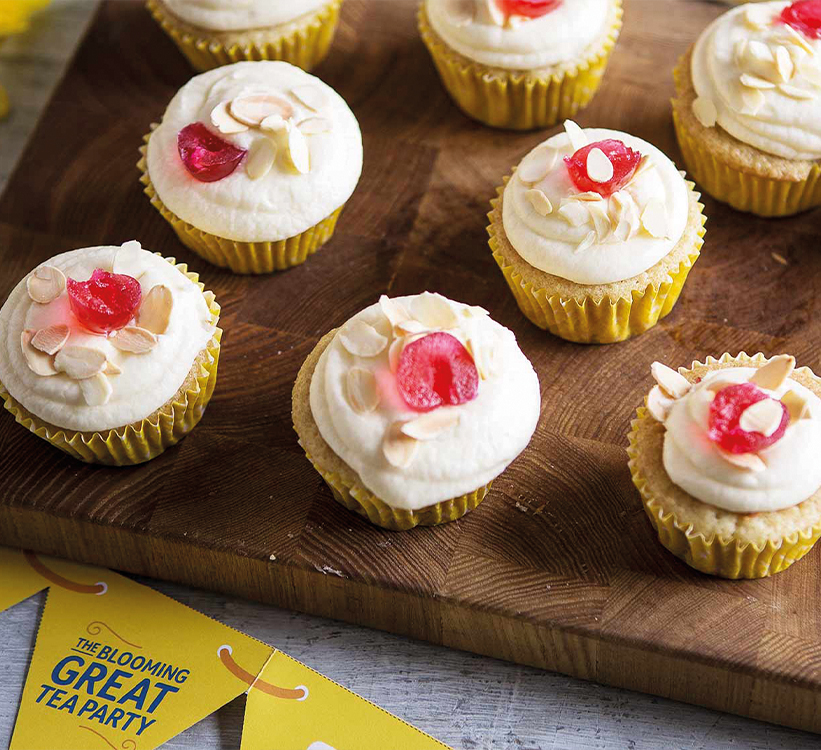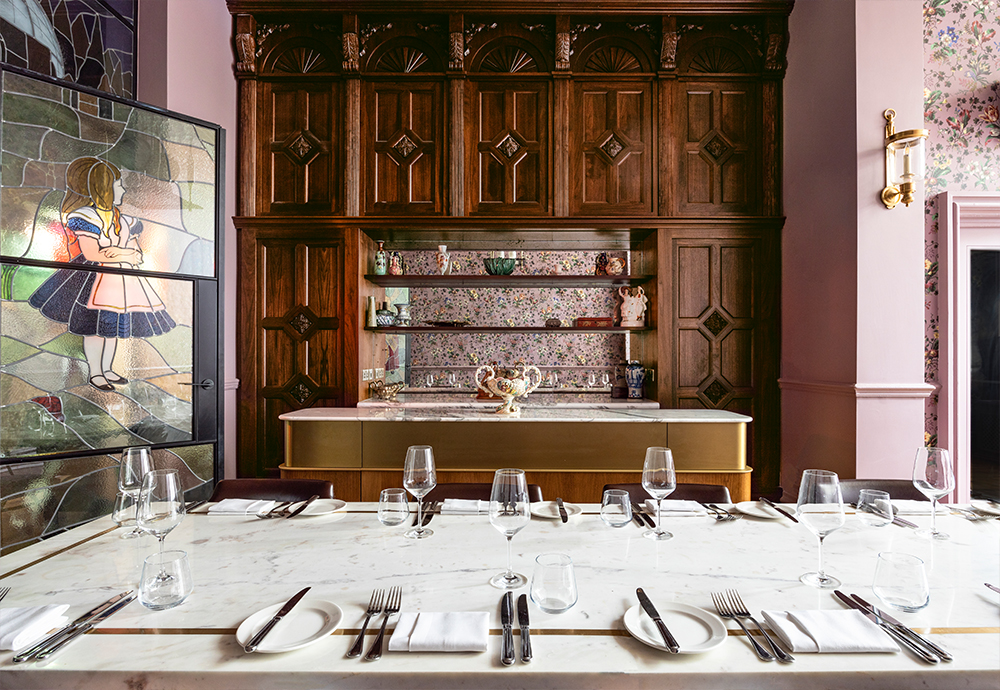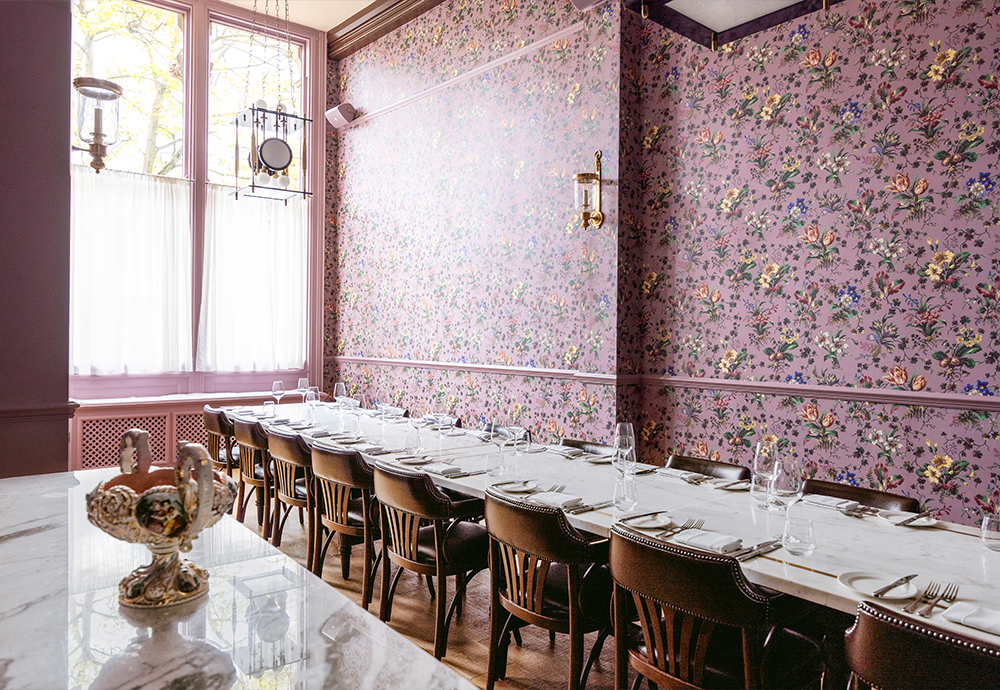Hogs Back Brewery marked its 30th birthday with a special ’30 at 30′ celebration, inviting 30 local loyal drinkers to join them for a celebratory pint
The 30 at 30 celebrations, held at the brewery in Tongham, brought back happy memories for guests, as they recalled where they had enjoyed their first pint of Tongham TEA.
For Nigel, his first pint at the King William IV at Mickleham, was ‘love at first taste and it has been an enduring love story!‘. Martin was ‘lucky to taste the first brew of TEA, with the original Hogs Back brewer’ and John remembered drinking it “with my father, explaining to me what real beer tastes like.” Several guests had enjoyed Tongham TEA at weddings and birthday parties.
Hogs Back Brewery managing director Rupert Thompson said: “We wanted to celebrate our 30th birthday with thanks to loyal customers who have supported us for 30 years – as without them, we wouldn’t be here today.
“Over the years, TEA has been requested as the beer at many weddings and other celebrations, so for a whole generation of local people, it has a special place in their lives.
“Many also spoke about coming here with their parents to collect a barrel of Tongham TEA and are now doing the same with their own adult children. We’re of course delighted to see this tradition continue, and by inviting some of these younger drinkers to join our celebrations, we hope that they too become lifelong Tongham TEA drinkers!”
Ready for harvest
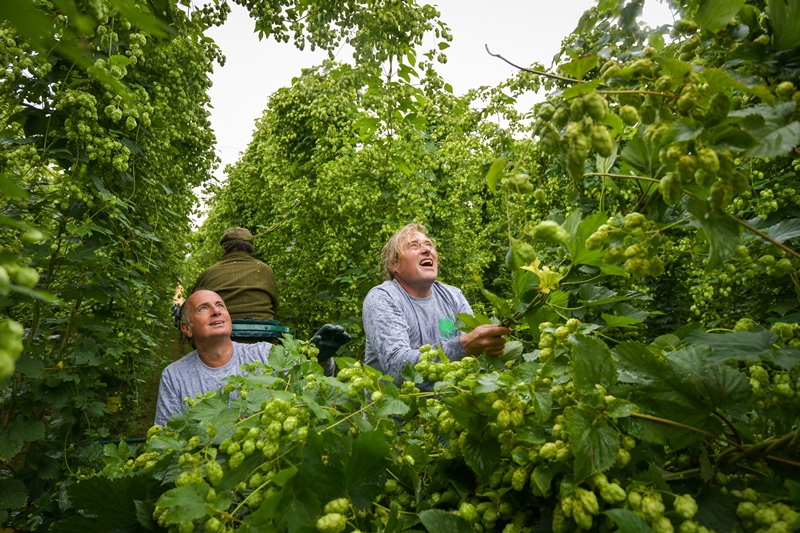
The ’30 at 30′ gathering was one of the last to be held in the Hogs Back hangar this summer before it switches from being a bar and event space to become the hub of the hop harvest, which starts at the end of August. Hop bines cut in the hop garden just yards away are brought back to the hangar where they are sorted, then dried and vacuum packed that they can add flavour and aroma to the brewer’s beers all year.
Bringing in the hops from the 8.5 acre field is expected to take several weeks and will be celebrated at the Hogs Back Hop Harvest weekend on 24th and 25th September. The Hop Harvest Festival on the Saturday offers a fantastic musical line up including top Queen tribute band Majesty, while the TEA Party on the Sunday is more family-focused with a range of children’s entertainment. The full range of Hogs Back’s beers, including Green TEA, brewed with hops freshly-picked in the hop garden, will be available on both days: https://hogsback.co.uk/products/hop-harvest-party-2022
The biggest event on our calendar
Thompson said: “The Hop Harvest festivities are the biggest event on our calendar and were attended by 2,500 people last year. And as we’re the only brewer of any size to have our own hop garden, it is a uniquely Hogs Back celebration.
“Hops, like all crops, need water to thrive and the recent drought will have an impact on this year’s harvest. We’re not expecting to repeat last year’s bumper crop, but we will still harvest a good quantity of our own home-grown hops, which contribute to the distinctive flavour of our beers. And, as they are grown just yards from the brewery rather than imported from afar, they are reducing our food miles and helping us achieve our goal of being an ever more sustainable brewer.”
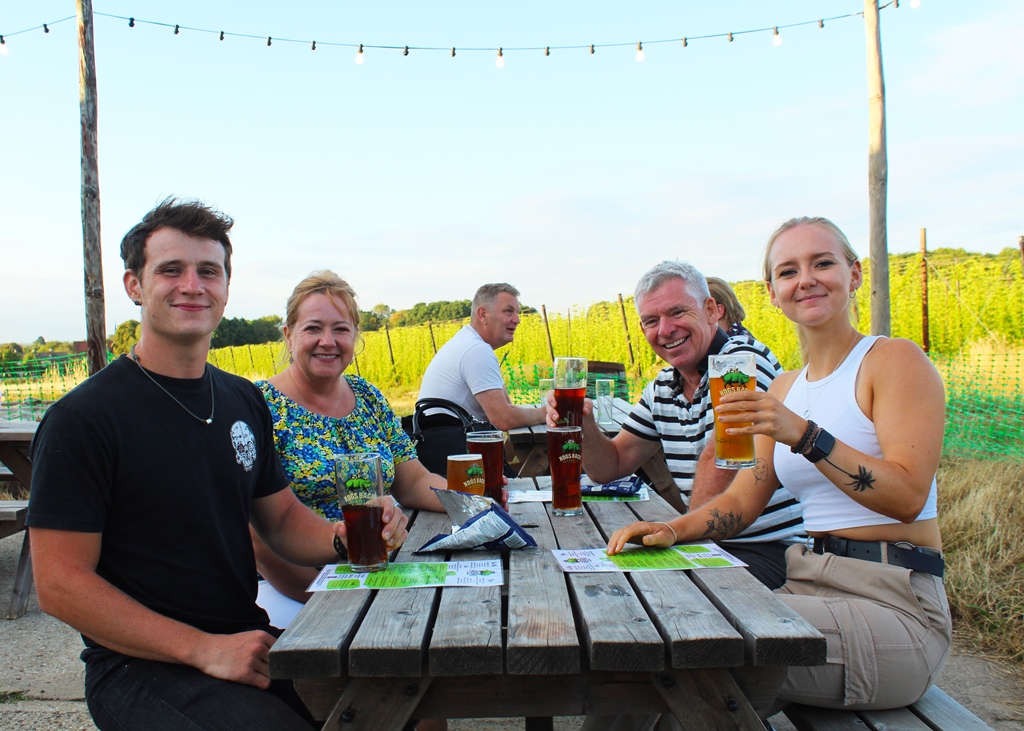
Hogs Back will harvest three hop varieties this year: Fuggles, used in Tongham TEA; English Cascade, used in its Hogstar lager and Surrey Nirvana Session IPA and Farnham White Bine, a traditional local variety that the brewer saved from near-extinction.
